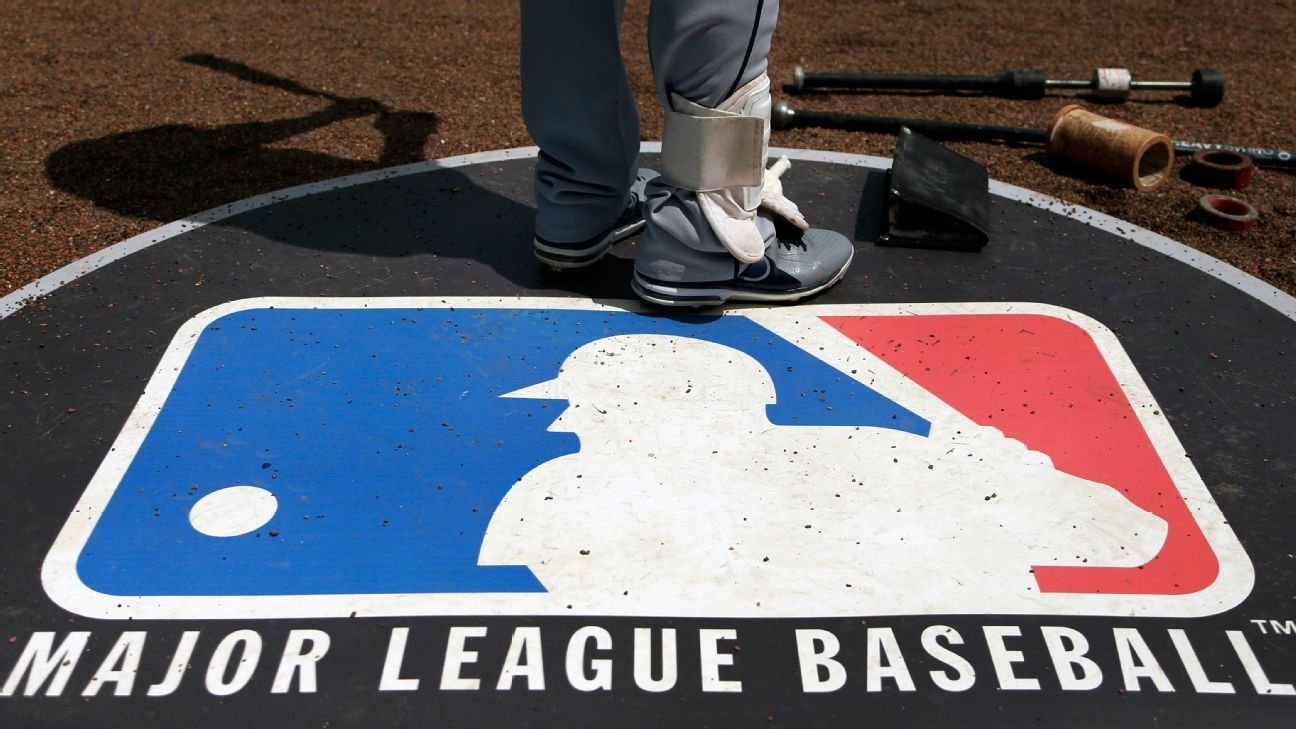Major League Baseball’s Comprehensive Media Rights Strategy: A Vision for the Future
Major League Baseball (MLB) is embarking on a transformative journey to overhaul its media rights framework, aiming to unify and modernize the broadcasting landscape for all 30 teams. This strategic initiative seeks to enhance fan engagement, streamline revenue streams, and adapt to the rapidly evolving media consumption habits of today’s audience.
Understanding MLB’s Current Media Rights Landscape
Traditionally, MLB’s media rights have been fragmented, with individual teams negotiating their own local broadcasting deals. This approach has led to a diverse array of regional sports networks (RSNs) and national broadcasters, each with varying levels of coverage and accessibility. While this model has allowed teams to capitalize on local fan bases, it has also resulted in inconsistent viewing experiences and challenges in reaching a broader audience.
The Shift Towards Centralization
In recent years, MLB has recognized the need for a more cohesive strategy. Commissioner Rob Manfred has expressed interest in centralizing the league’s media rights to create a unified broadcasting approach. This vision includes:
- National Streaming Package: Developing a league-wide streaming service that offers fans access to all games, eliminating regional blackouts and providing a consistent viewing experience.
- Enhanced Digital Platforms: Leveraging digital media to engage fans through interactive content, behind-the-scenes access, and personalized experiences.
- Strategic Partnerships: Collaborating with major streaming services and broadcasters to expand reach and adapt to changing media consumption trends.
Recent Developments in MLB’s Media Rights Strategy
MLB’s commitment to this vision is evident through several recent initiatives:
- Production of Local Broadcasts: MLB has begun producing and distributing local broadcasts for teams such as the San Diego Padres, Arizona Diamondbacks, and Colorado Rockies. This move aims to standardize production quality and expand viewership.
- Exploration of Streaming Options: The league is in discussions with streaming platforms to offer live game streaming, providing fans with flexible viewing options and reducing reliance on traditional cable packages.
- Addressing Blackout Restrictions: MLB is actively working to eliminate regional blackout restrictions, allowing fans to watch games regardless of their location, thereby increasing accessibility and fan engagement.
Implications for Teams and Fans
This strategic shift has significant implications:
- Revenue Distribution: Centralizing media rights could lead to a more equitable distribution of broadcasting revenues among teams, potentially reducing disparities between large-market and small-market teams.
- Fan Accessibility: Fans would benefit from greater access to games, with fewer restrictions and more viewing options, enhancing the overall fan experience.
- Adaptation to Media Trends: By embracing digital and streaming platforms, MLB positions itself to meet the evolving preferences of younger, tech-savvy audiences.
Challenges and Considerations
While the benefits are clear, several challenges must be addressed:
- Negotiation Complexities: Aligning the interests of all 30 teams and existing broadcasting partners requires careful negotiation to ensure fair terms and maintain existing relationships.
- Technological Infrastructure: Developing and maintaining a robust streaming platform necessitates significant investment in technology and cybersecurity to ensure a seamless user experience.
- Fan Adaptation: Educating fans about new viewing options and ensuring they have the necessary technology to access digital platforms is crucial for widespread adoption.
Looking Ahead: The Future of MLB Broadcasting
MLB’s bold strategy to centralize its media rights represents a forward-thinking approach to the challenges of modern broadcasting. By embracing digital transformation and prioritizing fan engagement, the league aims to create a more unified and accessible viewing experience. As this vision unfolds, it will be essential to monitor its impact on team revenues, fan satisfaction, and the broader sports media landscape.
For more information on MLB’s media rights developments, visit the official MLB website.
See more Highlights Daily



